Ananta Nair
Bridging the Gap between Artificial Intelligence and Artificial General Intelligence: A Ten Commandment Framework for Human-Like Intelligence
Oct 17, 2022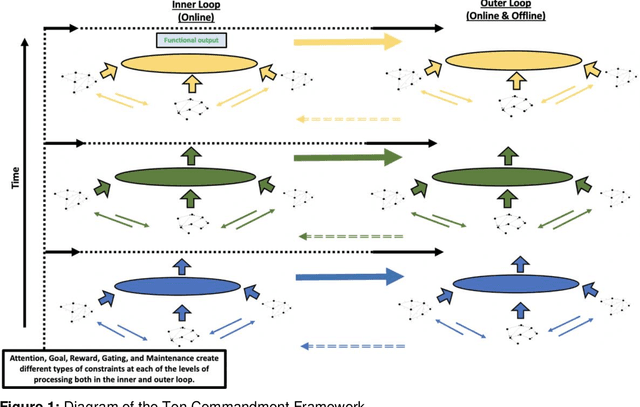
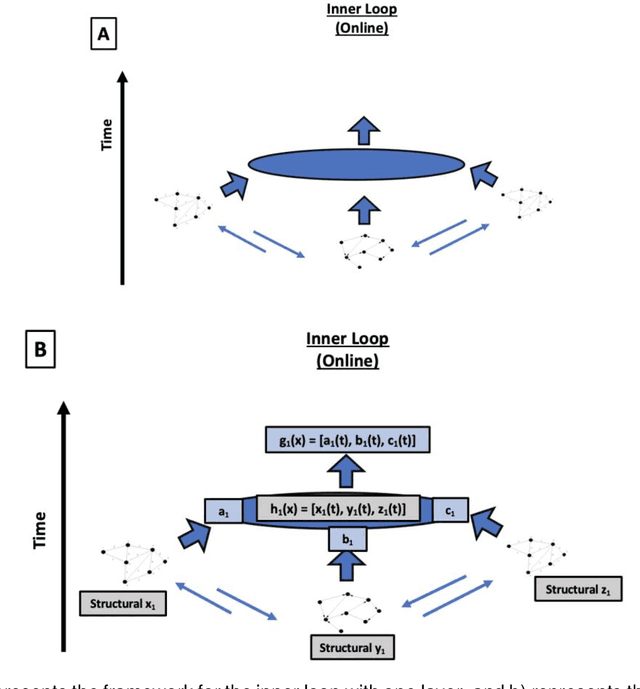
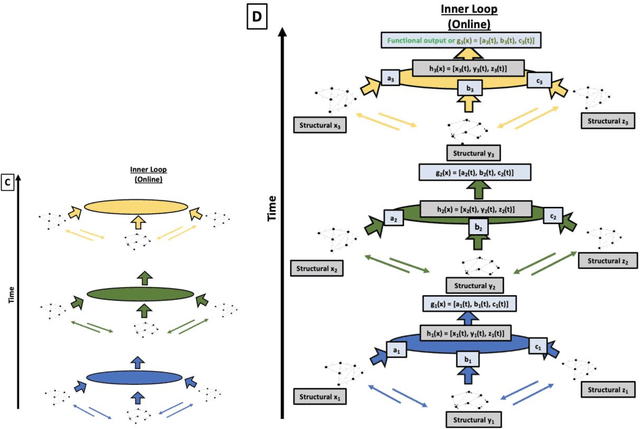
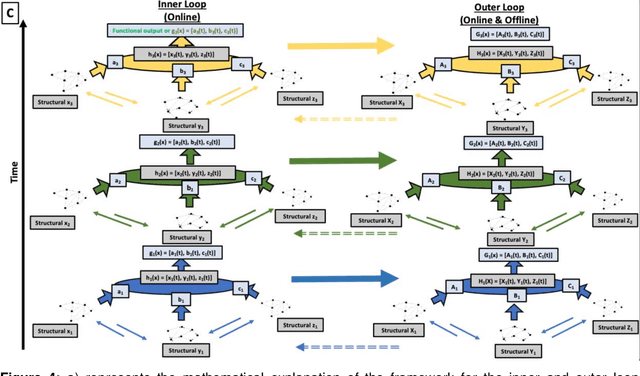
Abstract:The field of artificial intelligence has seen explosive growth and exponential success. The last phase of development showcased deep learnings ability to solve a variety of difficult problems across a multitude of domains. Many of these networks met and exceeded human benchmarks by becoming experts in the domains in which they are trained. Though the successes of artificial intelligence have begun to overshadow its failures, there is still much that separates current artificial intelligence tools from becoming the exceptional general learners that humans are. In this paper, we identify the ten commandments upon which human intelligence is systematically and hierarchically built. We believe these commandments work collectively to serve as the essential ingredients that lead to the emergence of higher-order cognition and intelligence. This paper discusses a computational framework that could house these ten commandments and suggests new architectural modifications that could lead to the development of smarter, more explainable, and generalizable artificial systems inspired by a neuromorphic approach.
A Mathematical Approach to Constraining Neural Abstraction and the Mechanisms Needed to Scale to Higher-Order Cognition
Aug 12, 2021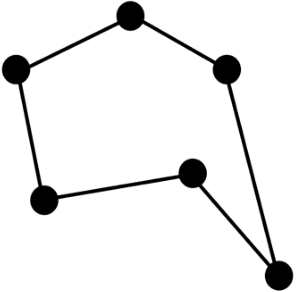



Abstract:Artificial intelligence has made great strides in the last decade but still falls short of the human brain, the best-known example of intelligence. Not much is known of the neural processes that allow the brain to make the leap to achieve so much from so little beyond its ability to create knowledge structures that can be flexibly and dynamically combined, recombined, and applied in new and novel ways. This paper proposes a mathematical approach using graph theory and spectral graph theory, to hypothesize how to constrain these neural clusters of information based on eigen-relationships. This same hypothesis is hierarchically applied to scale up from the smallest to the largest clusters of knowledge that eventually lead to model building and reasoning.
 Add to Chrome
Add to Chrome Add to Firefox
Add to Firefox Add to Edge
Add to Edge